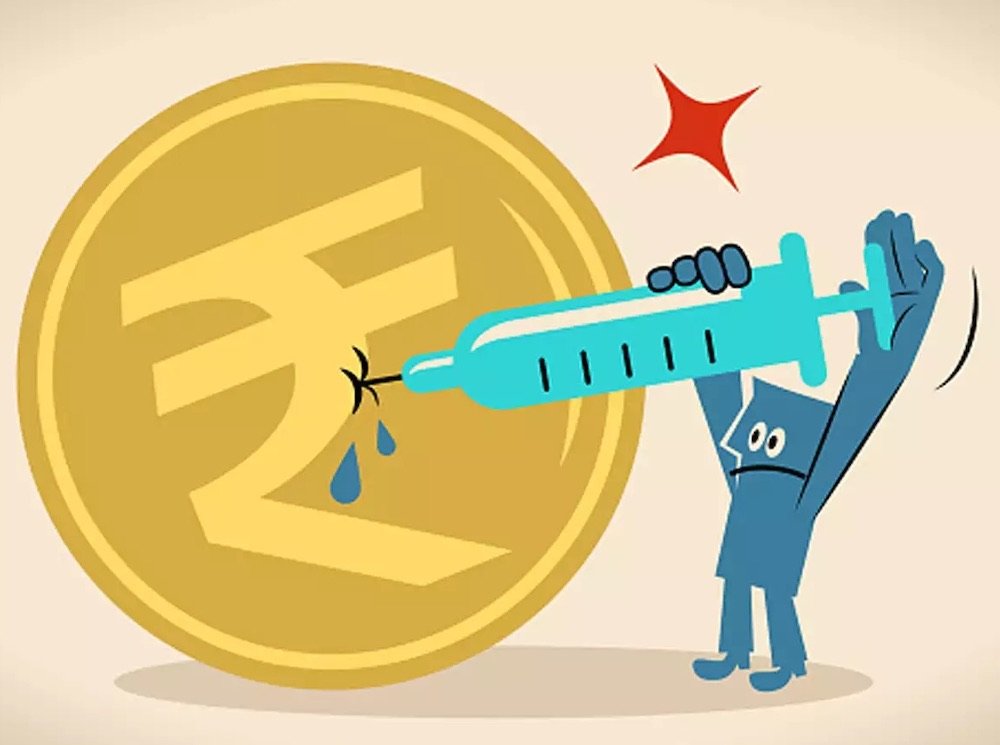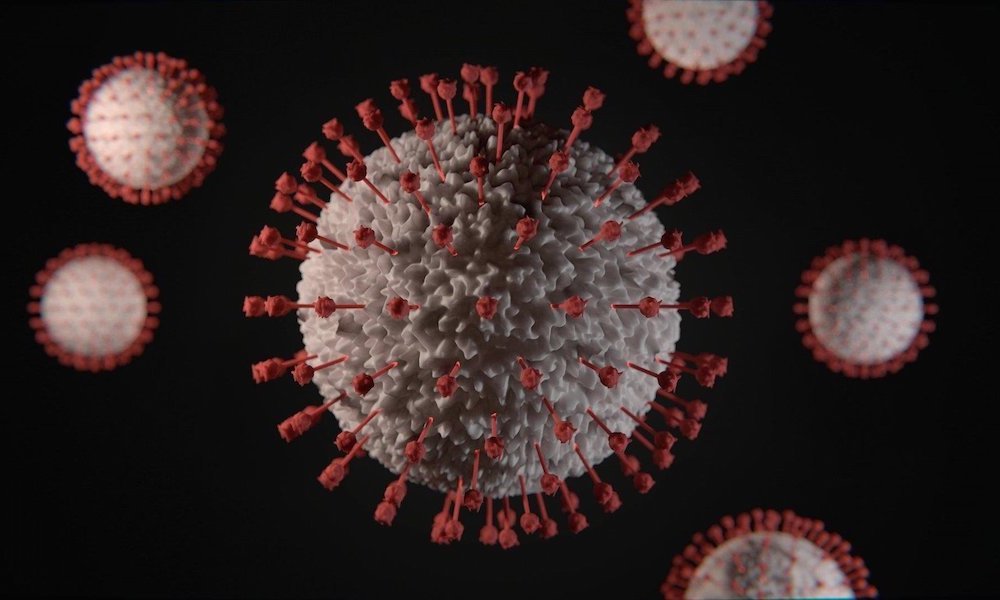NAVEED BHAT
The COVID19 has resulted in the closure of all educational institutions across the world. About 1.2 billion students are out of the classroom worldwide. Though nations are at varying stages of COVID19 contamination, there are currently more than 1.2 billion children worldwide in 186 countries affected by school disruptions due to the pandemic.
Education has drastically improved as a result, with the distinctive emergence of e-learning, whereby instruction is carried out online and on digital platforms.
Preparing NextGen Leaders
Universities have to play a significant role in training a professional global population as the gatekeepers of information and guardians of intellectual resources. To do so, an ecosystem oriented mentality will be needed, using online offerings to expand the scope and create collaborations with other universities and suppliers of content. In that respect, the much greater investment would be expected than 3% of total spending currently allocated to technology in the education sector. Much like industries, educational institutes will need digital solutions to solve the big problems in higher education.
Global-scale higher education
There is a need for expansion of universities beyond campus boundaries and inspire diverse learners on a global scale by harnessing new technology. It starts with stackable, online learning, which offers accessibility and affordability that facilitates access to educational curricula and encourages students to enrol in smaller pieces of learning before committing to broader degree programmes. Technology powered formats like mobile-friendly experiences meet the learner where they are, enabling more seamless transitions for those entering a new learning environment or picking up where they left off. At a more advanced level, embracing AI-powered adaptive learning will enable universities to personalize education for millions for more effective outcomes. Immediate and powerful results from online degree programmes have now been seen by colleges. Such programmes also have stackable learning, such as a short-range of online classes, and allow students to close particular skills gaps or add specific skills to reach and touch the career goals.
By embracing technology in its many forms, universities will be able to offer life-changing access to millions more globally. But that’s not the only prize. Through deeper engagements and local industry partnerships world-wide, top colleges will be able to create a virtuous cycle that advances research and collaborative thinking to tackle some of the most pressing challenges we face today.
Game Changer to bring new Educational Ecosystem
Working together to scale up access to higher education would require a global community. Through leveraging technologies to combine together and create a collaborative learning ecosystem, universities will be the hub of this movement, supplementing their own curriculum with top courses from other institutions. Educational institutions came together for first-of its kind collaboration to share access to online courses available from the institutions. Universities can also pool resources to launch a common credit or grading system, to create virtual collaborative learning spaces, or to combine insights from a larger network to shape the direction of programs.
COVID19 brought a sense and opportunity related to technology-driven collaboration that will surely help to mitigate workforce deficiencies in establishments around the world. In India, personnel deficiencies are blocking the effect of top institutions. Digitally fuelled biological systems could flawlessly associate substance specialists from the scholarly community or industry to convey custom learning programmes for students anywhere in the world. Universities would be able to leverage the best minds in the industry or open the doors to online faculty exchanges between institutions.
Turning industry-ready
Dearth and shortages of skill grow worldwide, institutions and enterprises have an opportunity to chart partnerships that equip learners with employable skills. Due to COVID19, industry and academia came together.
Educational institutions are being approached to serve more assorted students for an enormous scope. They need to make qualifications that grab the eye of businesses that are progressively centred around aptitudes over customised degrees. They have to create shorter pathways to new skills and alongside foundational knowledge, they have to offer the flexibility for learners to upskill throughout their careers since lifelong learning is the only way forward. Technology will be the link through this change, revolutionizing what we know as higher education.
Vision of Accessibility
Online educational instructions empower us to study and educate from anyplace on the planet. This implies there’s no compelling reason to drive starting with one spot then onto the next, or follow an inflexible timetable. What’s more, we save time, yet in addition cost-effective, which can be spent and used on different needs. The virtual digital room is additionally accessible anyplace there is a digital web network and a decent method to use while travelling. For example, if you’re studying abroad and want to get a job, online education is a great choice. There’s no reason to give up on working or studying while exploring new and exotic places.
Case Study
With the sudden outbreak of a deadly disease called COVID19 caused by a Corona Virus (SARS-CoV-2) shook the entire world and drastically had an impact on the educational system across the globe.
The situation challenged the education system across the world and forced educators to shift to an online mode of teaching overnight. Many academic institutions that were earlier reluctant to change their traditional pedagogical approach had no option but to shift entirely to online teaching-learning.
Among the various Universities of Jammu and Kashmir UT, Sher-e-Kashmir University of Agricultural Sciences & Technology of Kashmir (SKUAST-K) under the ambit of National Agricultural Higher Education Project funded by the World Bank and Indian Council Agricultural Research, New Delhi, has taken this challenge of pacing up the academic/student-driven activities/National and International collaborations and proven their capability and determination to live up to the expectation of New Educational Policy 2020.
SKUAST-K with having seven faculties (Agriculture, Horticulture, Fisheries, Forestry, Veterinary Sciences, Agricultural Engineering and Temperate Sericulture) utilizes the pandemic period as an opportunity and show their mettle by conducting more than 350 national/international online programmes for the student and faculty development. Fostering Leadership, Innovation & Entrepreneurship, collaborated with leading/Premier Institutes across the globe like Western Sydney University, Australia, Lemon School of Entrepreneurship Mumbai, Ross Michigan University, GIMI University, Israel, NIESBUD, CSB, Bangalore, Indigram Labs, IIT-K, IIT-Kharagpur, ICFA, IACG etc for various online programmes.
Under the ambit of IDP, SKUAST-K has made brand equity in Innovation and Entrepreneurship development by challenging and competing at national/international level of contest and marked their footprints by being the top winners. This University management and the team has proven that the real opportunity for success lies within the person and not in the situation (Pandemic).
Conclusion
Being the gateway of information and stewards of human resources, colleges need to assume a significant function in setting up a global skilled labour force. Doing so will require an ecosystem-oriented mindset, using online offerings to extend reach and establish partnerships with other universities and content providers. Much like industries, universities will need digital solutions to solve for the big problems in higher education. By harnessing emerging technologies, universities can reach beyond campus walls to empower diverse learners at a global scale. It begins with embracing stackable, online learning, which provides flexibility furthermore, a reasonableness that builds admittance to college educational plans and permits understudies to take part in more modest lumps of learning prior to focusing on bigger degree programs. Innovation fueled configurations like versatile encounters meet the student where they are, empowering more consistent changes for those entering another learning climate or getting back on track. At a further developed level, grasping AI-controlled versatile learning will empower colleges to customize training.
Naveed Bhat is BDA at Innovation & Entrepreneurship Cell, SKUAST-Kashmir. You can reach him at bhatnaveedbhat@gmail.com.

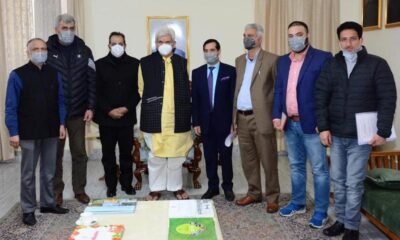

 Industry4 years ago
Industry4 years ago


 Economy2 years ago
Economy2 years ago
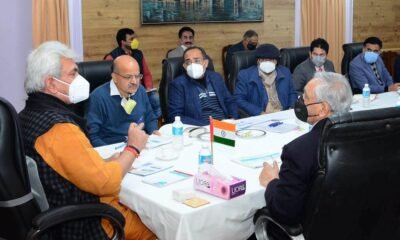

 Energy4 years ago
Energy4 years ago


 Infra4 years ago
Infra4 years ago
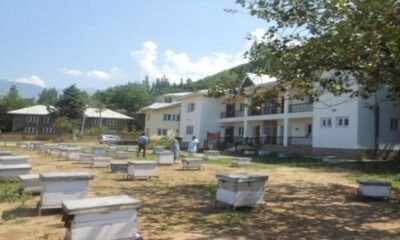

 AgriBiz4 years ago
AgriBiz4 years ago


 Jobs5 years ago
Jobs5 years ago
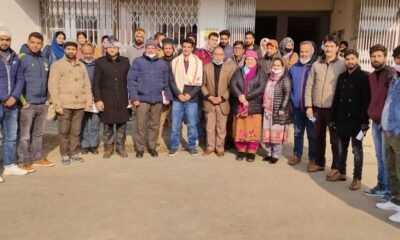

 Careers5 years ago
Careers5 years ago


 Industry5 years ago
Industry5 years ago














